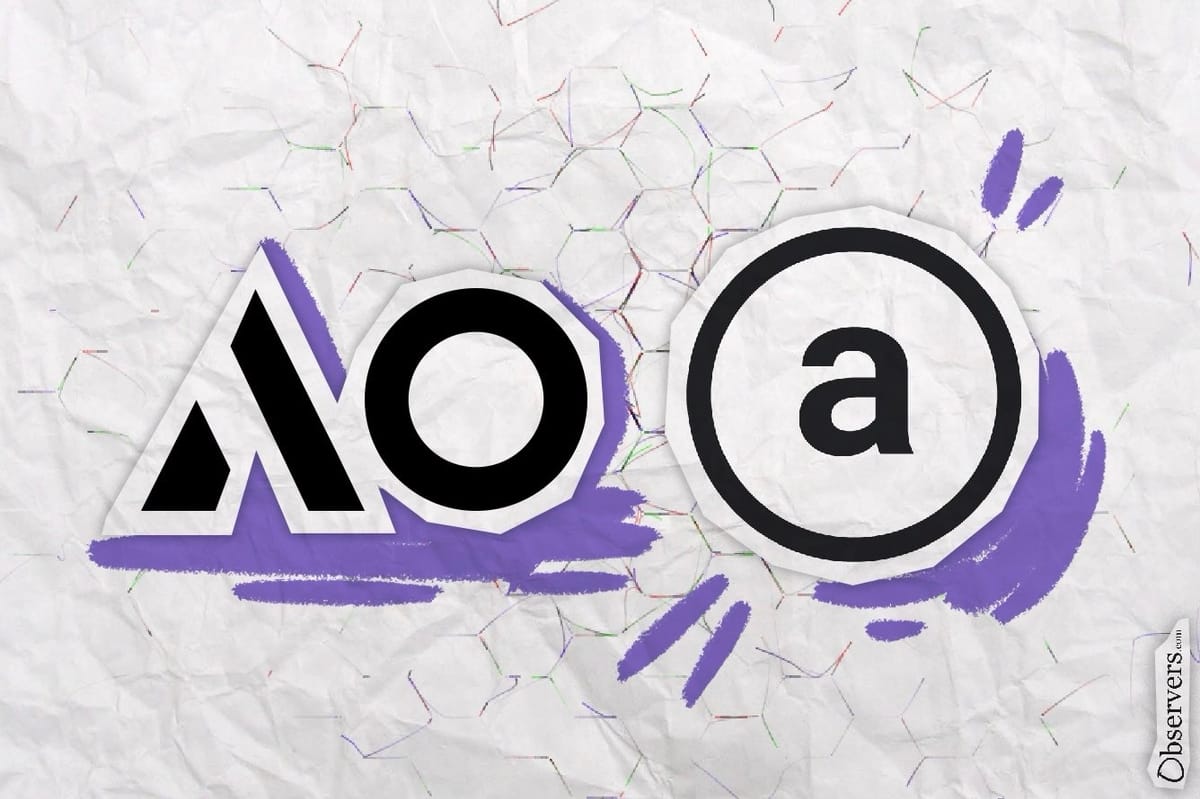
AO Computer is a new protocol that integrates AI with blockchain technology, built on the Arweave platform. It aims to facilitate the simultaneous operation of applications through a decentralized computational model, making it possible for AI applications to operate directly on the blockchain within smart contracts.
Arweave Decentralized Storage Platform
The Arweave protocol differs from similar applications like Filecoin and Storj in that it focuses on the problem of long-term data storage. Accordingly, the payment model is also different—users pay once, and their file is stored permanently.
Arweave is led by its founder, computer scientist Sam Williams. It is one of the oldest blockchain projects, dating back to the 2017-2018 era when innovation was booming.

In December 2023, the project faced its first major crisis – one of the key services working on the protocol, Irys, did not agree with the direction of Williams's leadership and decided to fork the protocol with new rules. According to reports, and posts from the team themselves, they were unhappy with Williams's approach to token issue policies and user data access rules.
After a few weeks, however, the problem was resolved, and Irys abandoned the fork's plans.
AO – A Decentralized Computer for Artificial Intelligence (AI)
Earlier this year, Williams initiated AO Computer as a key application on top of Arweave. Jumping on the Artificial Intelligence (AI) hype train, the team brought a fresh wave of investors to the project.
AO Computer promises to allow the on-chain training of large language models (LLMs), a feat not previously accomplished. This is probably because merging the two concepts is complex, and the objectives for its development are unclear.
"The big picture, where we think this will go is, it will allow us to create an intensely rich, decentralized "autonomous agent" financial system," Williams said during the announcement.
Critics have questioned this decentralization aspect of the AO computations. Unlike traditional blockchains like Ethereum, where thousands of nodes process a single transaction, AO Computer distributes computational tasks to individual nodes, each handling its own data sets. This setup significantly improves the network's efficiency and performance; however, it performs, in a sense, more like a centralized process.
Sam Williams took to X to explain the merits of the technical design and its feasibility in more detail.
AO Computer is in its testnet phase but has already attracted over 200,000 users and processed over 530 million messages across 130,000 parallel processes. Its capacity and scalability have attracted many developers who are now creating diverse applications on AO’s platform, including those in decentralized finance, gaming, and SocialFi.
The full launch of the AO Computer mainnet is scheduled for later this year. Meanwhile, users can engage with the network by mining its native token, $AO. The token distribution is committed to a 100% fair launch, with no pre-mined tokens, pre-sales, or preferential access. Users can mine $AO by bridging assets such as DAI or stETH to the AO network or by contributing to the platform’s development.
To date, about $400 million has been bridged to the network for mining $AO, including $55 million in DAI and over 135,000 stETH (Lido’s liquid-staked ETH). These bridged tokens accrue $AO daily, though they remain non-transferable until the network’s official launch. This model encourages early participation and fosters ongoing development and engagement within the AO ecosystem.

